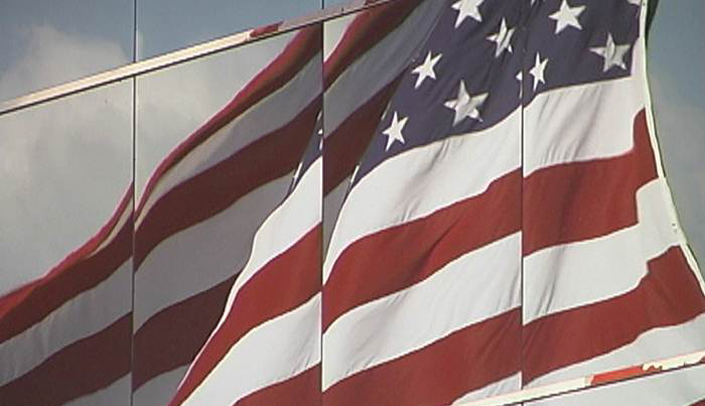Saturday (Sept. 17) is Constitution Day, a day in which all federally-funded educational institutions must provide education on the United States Constitution.
It’s a day you can learn all sorts of interesting things about the Constitution, such as which founding fathers didn’t sign the document.
In recognition, we share the following information about the U.S. Constitution:
Are you registered?
Nov. 8 is Election Day. Are you registered? For information on how to register, click here.
- The Constitution was signed on Sept. 17, 1787, at the Constitutional Convention in Philadelphia.
- The document was written in the same Pennsylvania state house (now called Independence Hall) where the Declaration of Independence was signed.
- George Washington, the commander-in-chief of the Continental Army in the Revolutionary War, was elected the president of the Constitutional Convention.
- During the convention, delegates were divided over the issue of state representation in Congress, with smaller states wanting equal representation and more populous states wanting proportional representation.
- The delegates eventually agreed to the “Connecticut Compromise,” a bicameral legislature with proportional representation in the House of Representatives and equal representation of the states in the Senate.
- Much of the Constitution was written by Gouverneur Morris, one of the leading figures at the convention, who lost a leg in a carriage accident early in life and graduated from college at the age of 16.
- Although approximately 55 delegates attended the convention, only 39 men actually signed the Constitution.
- Some who would not sign wanted the Constitution to include a Bill of Rights to protect the rights of the people.
- Thomas Jefferson and John Adams, two “founding fathers,” did not sign the Constitution. Jefferson was in France and Adams was in Great Britain.
- As set forth in the last Article of the Constitution, the document would not become binding until it was ratified by nine of the 13 states.
- Some states ratified the Constitution quickly, but others remained opposed to the document, stating that it lacked the protection of basic political rights, such as freedom of speech, religion, and the press.
- Ultimately another compromise was reached, where additional states would ratify the Constitution with the assurance that amendments would soon be proposed.
- New Hampshire was the ninth state to ratify the Constitution, making it effective on June 21, 1788.
- In 1789, in light of the states’ compromise, the first Congress adopted a Bill of Rights which contained 12 amendments to the Constitution. In 1791, 10 of the 12 amendments were ratified by the states and became what we now know as the Bill of Rights.
- Today’s Constitution contains a preamble, seven articles, and 27 amendments.
